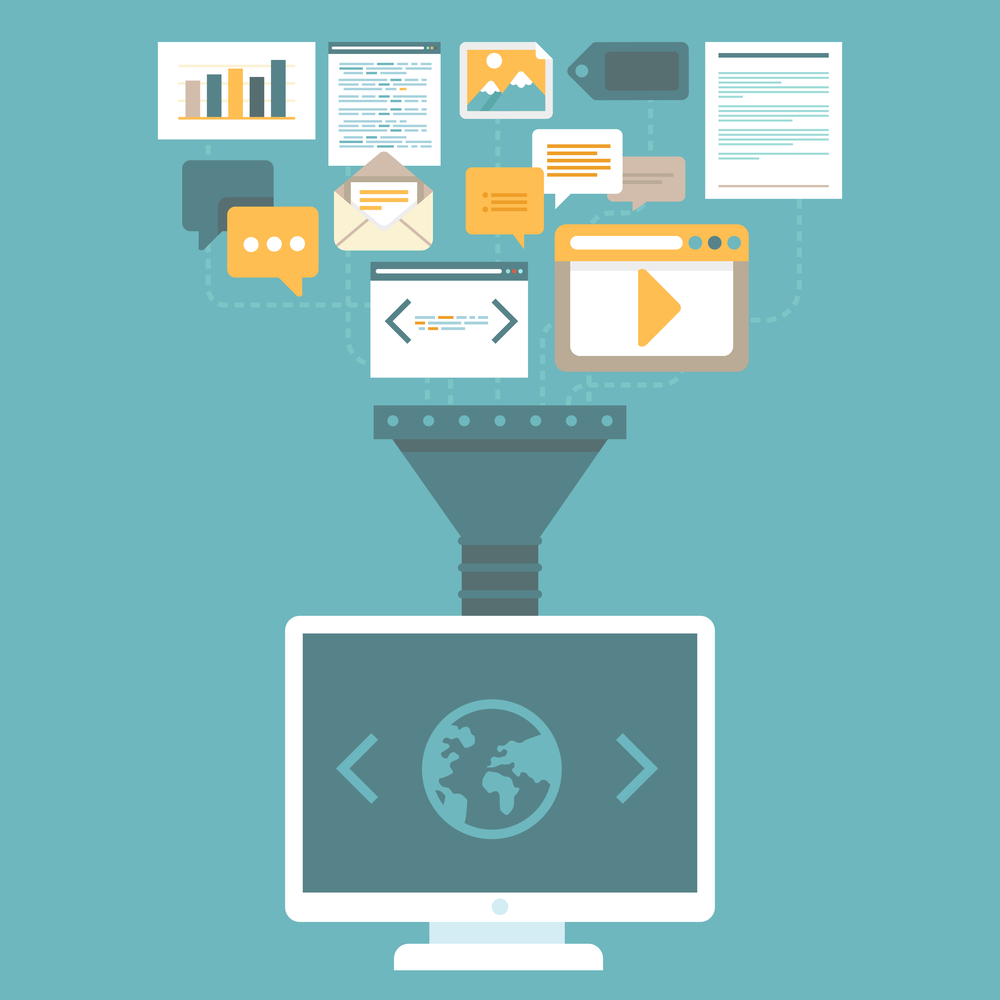Sales Funnel: Know the technique and boost your billing

When developing a digital marketing strategy it is very important to be in constant updating to maintain tactical actions that potentiate the company’s billing and optimize investments. The sales funnel is one such solution that allows you to optimize features and improve the sales experience!
What is the sales funnel?
The sales funnel consists of a technique that aims to support the lead purchase journey from the moment it visits the site until the closing time of the business.
The solution involves steps and triggers that allow the prospective client to be taken on the purchase journey, offering information and content to show the relevance and benefits of the business.
Knowing the steps of the sales funnel correctly, making the marketing and sales team responsible, it is possible to optimize the process and improve the results obtained in sales.
What are the steps of the sales funnel?
The steps of the sales funnel consist of the four distinct moments in which the leads can be identified on the purchase journey.
The differences between the phases requires content for each of them and also define the triggers that allow us to identify when there is a change between the moments of purchase. Know the four phases that make up the sales funnel:
1. Learning and discovery
At the beginning of the purchase journey, the first phase is learning and discovery, which is characterized by a user who has not yet defined the problem or opportunity. The function of a content at this moment is precisely to arouse that interest.
The content developed for this step should be more generic, since the user is still collecting the first information. However, they must respect the guidelines of brand identity in relation to language and aesthetics.
2. Recognition of the problem
The stage of recognition of the problem consists of the stage where the user identified what problem or opportunity he has and starts to carry out more specific research on what he considered most relevant to him until this moment of the purchase day.
3. Consideration of the solution
After identifying the problem, the lead will consider what possible solutions it has and which is most interesting for the identified problem and between the information accessed.
The contents at this stage should be further elaborated and deal with more specific topics. It is important to adopt a sense of urgency in the contents, so that in addition to identifying the problem, the lead is determined to solve it.
4. Purchase decision
At this point, the lead begins to make a commercial assessment of the available solutions, which requires that the content has a more commercial focus and focused on the advantages of the solution.
At this stage the lead must be transferred from the marketing team to the sales, in order to use the information collected to carry out an efficient business approach.
Why invest in the sales funnel?
Currently, consumers are no longer likely to make purchases without varying research on the solution. The higher the value of the product or service, the longer it may be necessary for a user to “cross” the purchase journey and arrive at the closing.
Customers are more interested in content that supports the need for that purchase, what the benefits, advantages, differentials etc.
The main means of conducting this search for information is the internet, which requires companies to engage in new market differentials and have a stronger online presence.
The sales funnel works in tandem with these new trends in customer behavior, allowing the company to optimize features and shorten the time it takes to close sales, improving customer relationships.
In digital marketing it is essential to keep up to date! Enjoy People & Brands @pplbrands on Facebook, Twitter and LinkedIn and get access to the top market trends!




